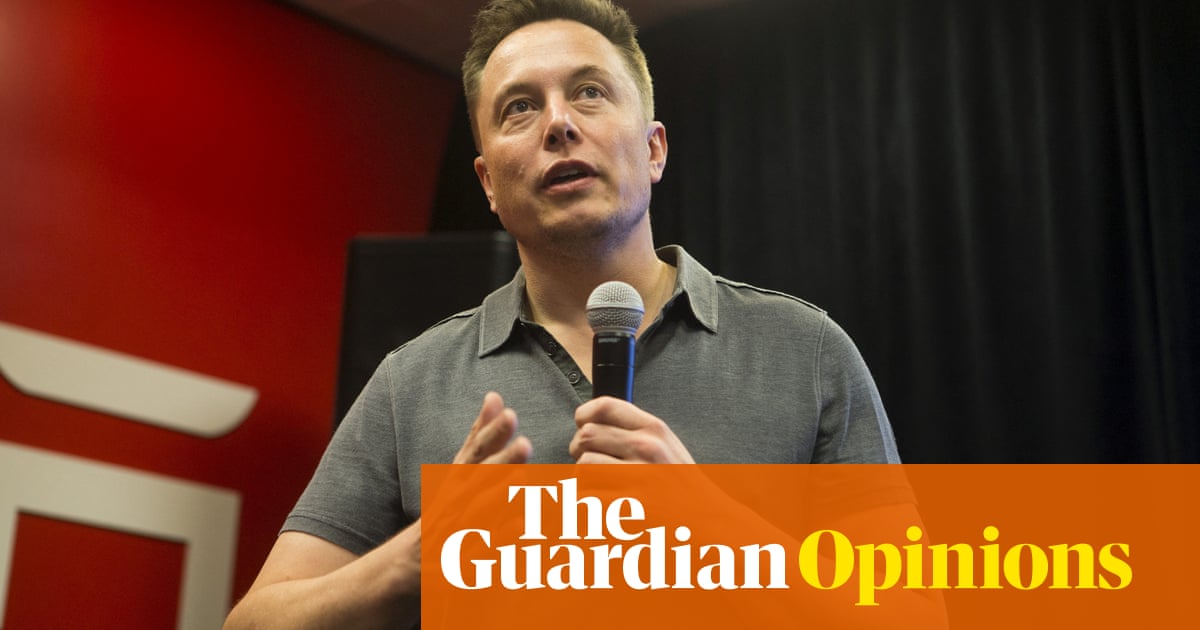
The United States has had more than its share of disturbing political headlines in the weeks leading up to the Tuesday, November 8 election, from death threats against election workers to a break-in at the campaign headquarters of Arizona Secretary of State Katie Hobbs (who is running for governor against far-right MAGA Republican Kari Lake), to a violent attack on House Speaker Nancy Pelosi’s husband, Paul Pelosi, on Friday, October 28. During the invasion of the Pelosi’s San Francisco home, the intruder demanded to know, “Where is Nancy?” before attacking Paul Pelosi with a hammer — indicating that the attack could have been politically motivated rather than a robbery attempt. “Where is Nancy?” is a phrase that some of the rioters used during the January 6, 2021 invasion of the U.S. Capitol Building.
The attack on Paul Pelosi came before a weekend of attention-grabbing political headlines around the world, from thousands of fascists descending on Predappio, Italy, Benito Mussolini’s birthplace, to celebrate the 100-year anniversary of Il Duce’s rise to power to left-wing candidate Luiz Inacio Lula da Silva’s narrow victory over far-right President Jair Bolsonaro in Brazil’s 2022 election. Some of Lula’s supporters fear that with Brazil having become so bitterly divided — not unlike the U.S. — the country could suffer political violence from pro-Bolsonaro authoritarians.
In a column published on Halloween, Never Trump conservative and Washington Post opinion columnist Max Boot speaks candidly about far-right violence in the U.S. — stressing that it is disingenuous to use “both sides” rhetoric when discussing the United States’ problem with political violence, most of which is coming from the far right rather than the far left.
READ MORE: Historian describes Trump as one of the leading influencers of political violence
“The same day as the Pelosi attack, a man pleaded guilty to making death threats against Rep. Eric Swalwell (D-Calif.),” Boot explains. “Two days earlier, three men who were motivated by right-wing, anti-lockdown hysteria after COVID-19 hit were convicted of aiding a plot to kidnap Michigan Gov. Gretchen Whitmer (D). In August, another man died after attacking an FBI office because he was so upset about the Bureau’s search of Mar-a-Lago.”
Boot continues, “Then there are all the terrible hate crimes, in cities including Pittsburgh, El Paso and Buffalo, where gunmen were motivated by the kind of racist rhetoric — especially the ‘Great Replacement theory’ — now openly espoused on Fox ‘News.’”
Boot goes on to say that many journalists, in the interest of being “fair-minded,” will write something along the lines of, “To be sure, political violence is not confined to the right. Rep. Steve Scalise (R-La.) was shot in 2017 by a gunman with leftist beliefs, and in June, a man was arrested for allegedly plotting to assassinate Supreme Court Justice Brett M. Kavanaugh after becoming incensed about court rulings on abortion and guns.”
Republican National Committee Chair Ronna Romney McDaniel, following the assault on Paul Pelosi, said, “Violence is up across the board.” But Boot finds such comments disingenuous, as most of the political violence in the U.S. is coming from the far right rather than the far left.
READ MORE: Georgia election worker tells how Trump’s election lies made her a target for death threats
“Violence is unacceptable whether from the left or right, period,” Boot writes. “But we can’t allow GOP leaders to get away with this false moral equivalency. They are evading their responsibility for their extremist rhetoric that all too often motivates extremist actions. The New America think tank found last year that, since September 11, 2001, far-right terrorists had killed 122 people in the United States, compared with only one killed by far-leftists.”
Boot continues, “A study from the Center for Strategic and International Studies last year found that since 2015, right-wing extremists had been involved in 267 plots or attacks, compared with 66 for left-wing extremists. A Washington Post/University of Maryland survey released in January found that 40 percent of Republicans said violence against the government can be justified, compared with only 23 percent of Democrats. There is little doubt about what is driving political violence: the ascendance of (Donald) Trump.”
Boot wraps up his column by emphasizing that it is disingenuous to claim that in 2022, the left and the right are the same when it comes to political violence in the United States.
“Please don’t accept the GOP framing of the assault on Paul Pelosi as evidence of a problem plaguing ‘both sides of the aisle,’” Boot warns. “Political violence in America is being driven primarily by the far right, not the far left, and the far right is much closer to the mainstream of the Republican Party than the far left is to the Democratic Party.”
READ MORE: Arizona Secretary of State Katie Hobbs’ campaign office burglarized ahead of midterms: report


